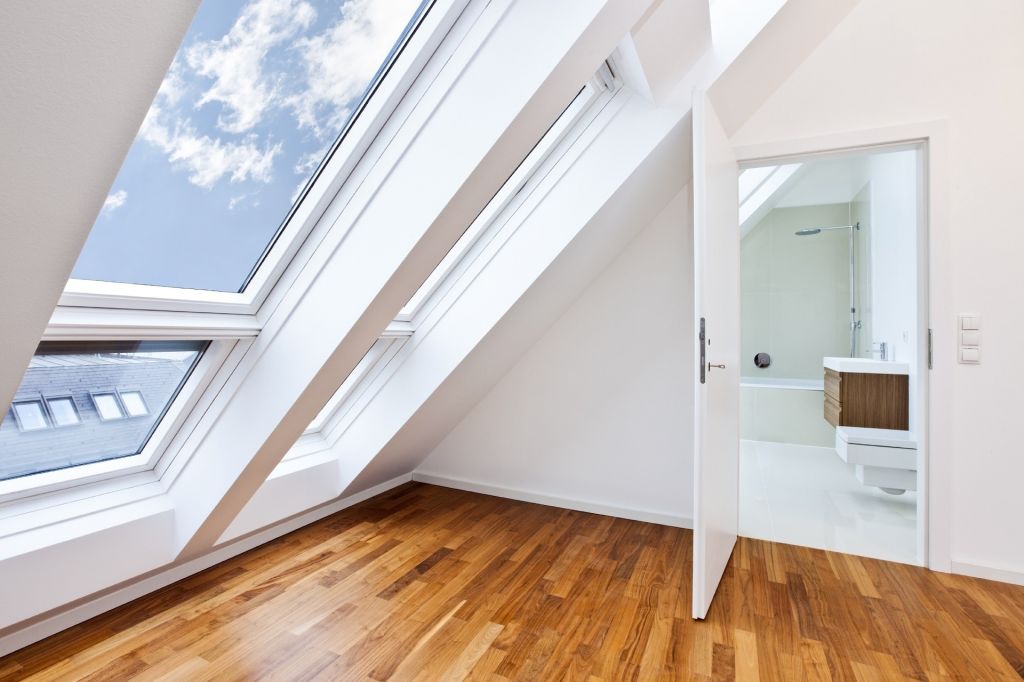
Introduction
Evaporation is a fundamental process in both nature and daily life. Understanding how variables like humidity affect evaporation is crucial for homeowners and real estate developers. Your home’s comfort level and structural integrity can largely depend on these factors.
Increasing humidity can significantly impact the rate of evaporation. The amount of water vapor already present in the air plays a critical role in this phenomenon. Let’s delve into the science behind it.

What is Evaporation?
Evaporation is the process where liquid water turns into a gaseous state, known as water vapor. This natural process is essential for the water cycle and several human activities. It’s critical to grasp the fundamentals of evaporation to understand how various factors, like humidity, influence it.
The Science of Evaporation
When water molecules at the surface gain enough energy, they break free from the liquid state and enter the atmosphere as vapor. Temperature, surface area, and wind speed all contribute to the rate of evaporation.

Understanding Humidity
Humidity refers to the amount of water vapor present in the air. It can be measured in absolute, relative, or specific terms. The higher the humidity, the more water vapor the air contains.
Types of Humidity
- Absolute Humidity: The total amount of water vapor in the air.
- Relative Humidity: The amount of water vapor present relative to the maximum amount the air can hold at that temperature.
- Specific Humidity: The mass of water vapor per unit mass of air.
Impact of Increasing Humidity on Evaporation
When the air is already saturated with water vapor, it becomes challenging for additional water molecules to escape into the atmosphere. Consequently, higher humidity slows down the rate of evaporation.
The Saturation Point
The air operates close to its saturation point when the humidity levels are high. At this point, the air cannot hold any more water vapor without condensation occurring. This situation drastically reduces the rate of evaporation.
Practical Implications for Homeowners
Understanding how humidity affects evaporation can help homeowners manage their indoor environment. High humidity can lead to mold growth and structural issues, making it essential to control humidity levels within the home.
Learn more about how Water conservation strategies can help manage indoor humidity.
Using Dehumidifiers
Dehumidifiers can be a great investment for reducing humidity levels. This, in turn, helps maintain quicker rates of evaporation and reduces the risk of mold.
Practical Implications for Real Estate Developers
For real estate developers, understanding humidity and evaporation is vital for building design and materials selection. High humidity environments might require specialized construction techniques to mitigate potential issues.
Explore low-impact land development techniques for better project sustainability.
Material Selection
Choosing materials that can still function efficiently in high humidity conditions is crucial. Some materials are resistant to moisture and can reduce the adverse effects of high humidity on evaporation rates.
External Link for Further Reading
For more detailed information on controlling humidity levels at home, refer to this article from Airthings.
FAQs
How does temperature affect evaporation?
Higher temperatures give water molecules more energy, increasing the rate of evaporation.
What is the ideal indoor humidity level?
The ideal indoor humidity level ranges between 40-60%. This range helps maintain optimal evaporation rates and reduces mold risk.
Why is controlling humidity important?
Controlling humidity is essential to prevent mold growth, maintain structural integrity, and ensure comfort within the home.
Conclusion
Increasing humidity has a tremendous impact on the rate of evaporation. Homeowners and real estate developers need to understand this relationship to manage their environments better. By controlling humidity levels, one can promote healthier living conditions and durable structures.
As an Amazon Associate, I earn from qualifying purchases.



